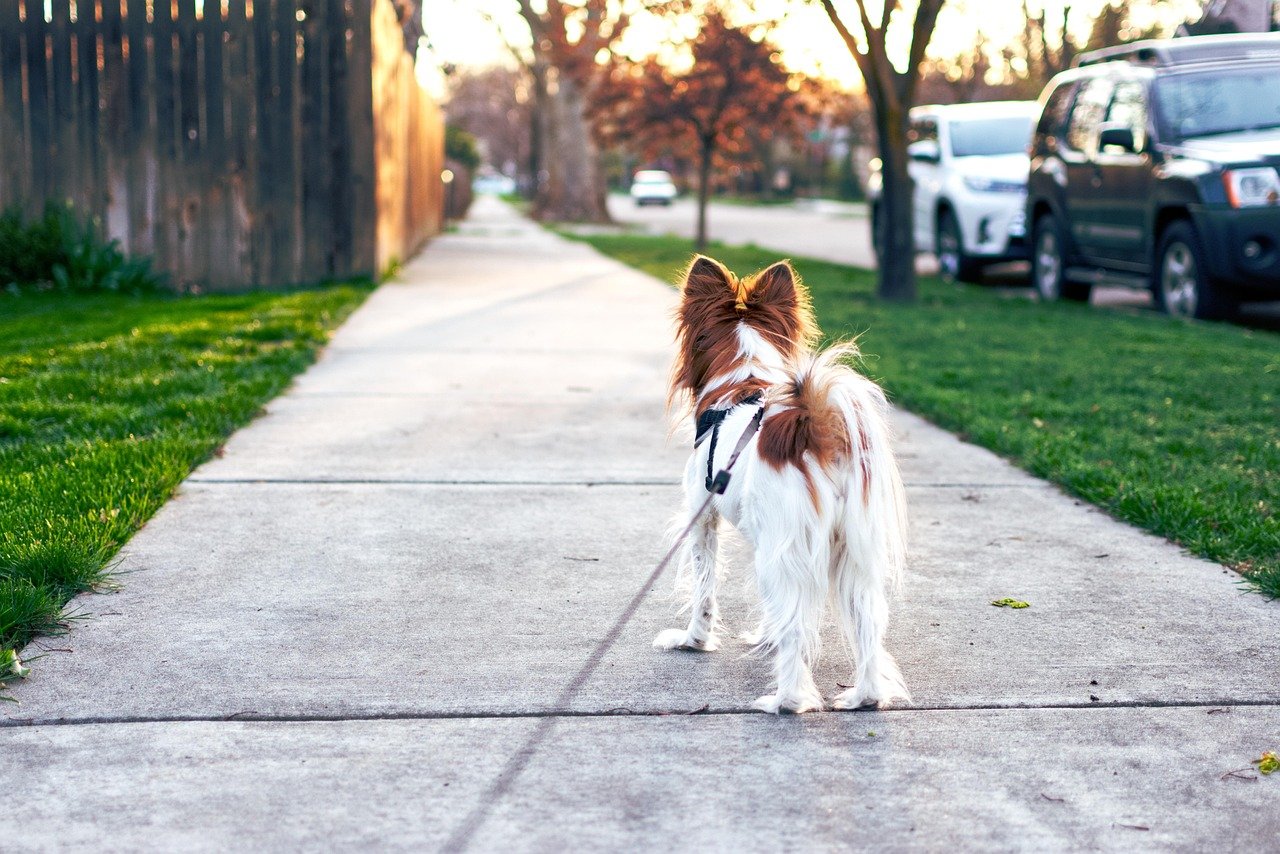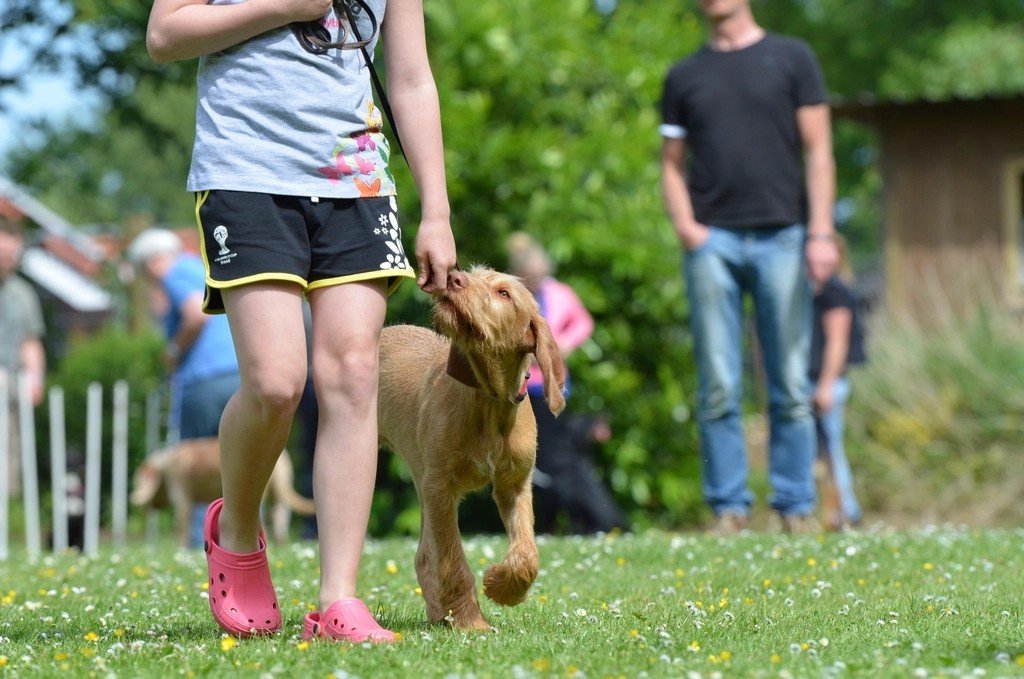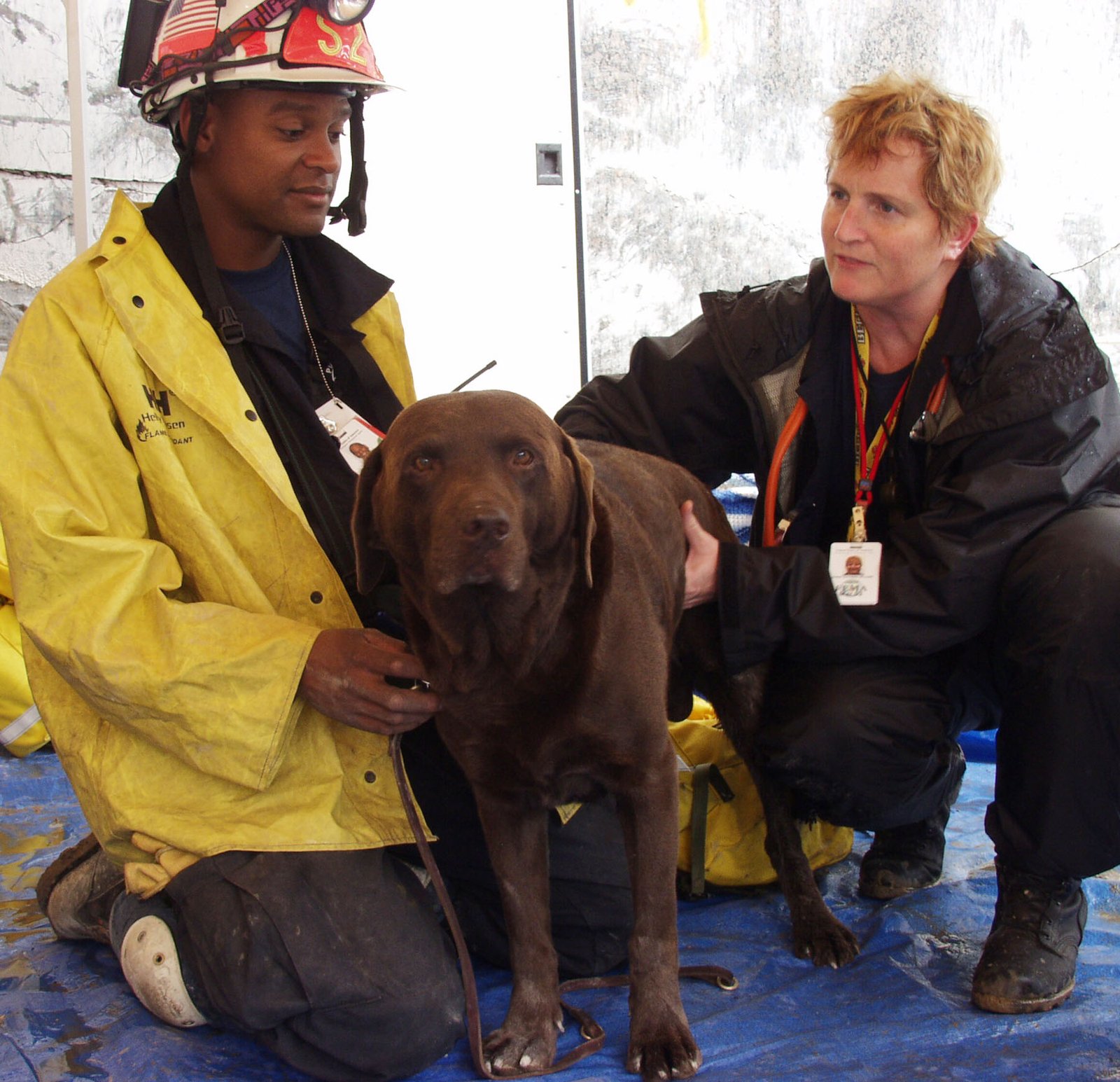Texas summers can be brutal – not just for us humans, but for our four-legged family members too. With temperatures reaching the middle to upper 90s so early in the year, the surprisingly intense heat can become a health threat not only to you but also your dog. When you’re planning your next outdoor adventure with your pup, remember that what feels comfortable to you might be dangerous for them. Dogs don’t regulate heat the same way humans do, and a quick game of fetch in the sun can turn into a medical emergency before you realize it. Pavement and sidewalks can scorch sensitive paws, while limited shade and humidity only make cooling down harder. Certain breeds, especially those with short snouts, are even more vulnerable to overheating. Veterinarians across Texas see spikes in heatstroke cases every summer, many of which could have been prevented with a few simple precautions. Knowing the signs of heat stress—and how to avoid them—can help keep your best friend safe through the hottest days.
Understanding Why Texas Heat Is So Dangerous for Dogs

Furry, four-pawed family members can be affected just as much as their humans during this Texas heat wave, facing a higher risk of heat illnesses. Unlike humans who can sweat through their entire body, dogs have a much harder time cooling down naturally. Dogs have only a couple of ways to cool off – blood vessel expansion and panting. When dogs pant, they evaporate moisture from their tongues, nasal passages, and the lining of their lungs, and this cools them down as air passes over the moist tissue.
Dogs face significantly higher risk of heatstroke than humans due to their limited cooling mechanisms. This statistic alone should make every dog owner in Texas sit up and take notice. Your beloved companion relies entirely on you to make smart decisions about their safety when temperatures soar.
Recognizing High-Risk Dogs During Heat Waves

Not all dogs face the same level of danger during Texas heatwaves. Dogs more vulnerable to heat-related illnesses include: Puppies and aged dogs. Dogs with long, thick fur. Dogs with respiratory issues or excess weight. Short-nosed breeds such as boxers, pugs, bulldogs, Boston terriers and Shih Tzus.
If your dog falls into any of these categories, you need to be extra vigilant during hot weather. Animals are at particular risk for heat stroke if they are very old, very young, overweight, or have heart or respiratory disease. Some breeds (like boxers, pugs, shih tzus, French bulldogs, and other dogs and cats with short muzzles) will have a much harder time breathing in extreme heat. Think of it like this – asking a bulldog to cool down through panting in triple-digit heat is like asking someone to run a marathon while breathing through a straw.
Temperature Guidelines for Safe Dog Walking

When temperatures are between 85 and 90 degrees, it’s best to keep walks shorter than usual and primarily in shaded areas. If temperatures exceed 90 degrees, limit outdoor activities. When it’s hotter than 95 degrees or if the heat index reaches over 100 degrees, it’s best to skip the walk entirely and keep your furry friend in a cool place.
These aren’t just suggestions – they’re lifesaving guidelines that could mean the difference between a happy, healthy dog and a veterinary emergency. If the temperature is 85 degrees or over without the chance for the pavement to cool down, the ground may be too hot for safely walking a dog. Remember, your dog doesn’t get to choose whether to go outside – that decision is entirely up to you.
The Hot Pavement Test Every Dog Owner Must Know

Here’s a simple test that could save your dog’s paws from serious burns. To find out if the ground is too hot for your dog to walk on, place your hand on the pavement for five to seven seconds. If it’s too hot for your hand, it’s too hot for your dog’s paws. This isn’t just about comfort – it’s about preventing real injuries.
According to veterinary data, when the air temperature is 86 degrees, the asphalt temperature can reach 135 degrees. Imagine pressing your bare skin against a surface that hot for even a few seconds. Dogs’ paw pads are sensitive and can easily burn on hot pavement. Asphalt and concrete can heat up significantly, especially on hot summer days. Walking on such surfaces can cause painful burns and blisters on your dog’s paws.
Spotting Early Warning Signs of Heat Stress

Early signs of heatstroke include heavy panting and rapid breathing, excessive drooling, dry mucous membranes, bright red gums and tongue, skin that’s hot to the touch, and a higher heart rate. Don’t wait until these symptoms become severe – early intervention is crucial for your dog’s survival.
Know the symptoms of overheating: extreme panting or difficulty breathing, increased heart rate, excessive drooling, glazed eyes, deep red or purple tongue, dizziness or lack of coordination, vomiting As the condition worsens, you might notice your dog becoming confused, lethargic, or even collapsing. Dogs with severe heatstroke can face significant mortality risk, so you must act fast if you notice your pup getting overheated.
Immediate Actions for Overheated Dogs

If you suspect your dog is overheating, every second counts. If you notice signs of heatstroke in your dog, it’s critical to stop any activity and help your dog cool down by: Walking or carrying the dog to a well-ventilated, cool area. Spraying or sponging the dog with cool (not cold) or tepid water, especially on the underside.
Cool water (not cold) may be poured over the head, stomach, armpits and feet. Do not cover the dog with wet cloths, as this can prevent evaporative or radiative cooling. You can, however, mist cool water over the dog and place them in the path of a fan or air conditioning to promote cooling. Avoid ice-cold water, which can actually make the situation worse by constricting blood vessels.
Choosing the Right Timing for Outdoor Activities

Walk during cooler times: Schedule walks during the early morning or late evening when the pavement is cooler. Avoid walking during the hottest parts of the day. This might mean adjusting your schedule, but it’s a small price to pay for your dog’s safety.
As a dog walker, summer in Texas means I limit my dog walking hours to early morning and late, late afternoon hours only. Think about it – you wouldn’t want to exercise at noon on a blazing hot day, so why would you expect your dog to? Early morning walks also offer the bonus of starting both you and your pup’s day on a positive, active note before the heat becomes unbearable.
Protective Gear: Dog Boots and Paw Protection

Dog shoes are one of the best ways to protect your dog’s paws from heat and potential injuries if your dog will wear them. If this seems like the right solution for your dog, be sure to buy shoes that have rubber soles to offer the best protection. While some dogs need time to adjust to wearing boots, the protection they provide is invaluable.
Dogs should wear boots in various situations to protect their paws, including extreme weather conditions like cold, snow, and ice, as well as hot surfaces such as pavement or sand during the summer. Boots for dogs also provide traction and cushioning on rough terrain, shield paws from allergens and irritants, and aid in the healing process after injuries or surgeries.
For quick trips, Disposable dog booties are a great short-term fix for the summer heat. Dog booties can provide good protection from the heat, and are a great temporary solution if you need to take your dog out on a hot day and your dog is willing to wear them. If boots aren’t an option, consider using paw wax as an alternative protective measure.
Creating Safe Outdoor Environments

If your pet spends a lot of time outside, make sure they have plenty of shaded areas to retreat to. Trees, tarps, or canopies can provide relief from the sun. Never leave your pet in direct sunlight for extended periods. Think beyond just providing water – your dog needs access to genuine relief from the heat.
Consider the surfaces in your yard too. If you end up taking your dog out during the warmer times of the day, be sure to stay on the grass and stick to shady areas. Stay away from sidewalks or any paved areas to avoid burning. A shady park can be a great place to take your dog on a warm afternoon. Natural surfaces like grass stay cooler than artificial ones and provide a safer environment for your pet’s paws.
Hydration and Cooling Strategies

Just as we need to stay hydrated, pets do too. Ensure your pet has access to fresh, clean water at all times. During particularly hot days, you might want to add ice cubes to their water bowl to keep it cooler for longer. But don’t stop at just providing water – get creative with cooling methods.
If you have a black, brown, or other dark colored pet, it’s extra important to limit their time outside during the heat of the day, provide plenty of shade, and use cooling aids like damp towels, cooling vests, or fans. Cooling mats, kiddie pools for supervised splashing, and even frozen treats can provide additional relief during extreme heat.
When to Seek Emergency Veterinary Care

Bring your dog to your veterinarian if their body temperature reaches 103-104 degrees F or if you’re unable to reduce elevated temperature or if you’re unable to reduce the temperature significantly. Don’t try to be a hero – heatstroke is a medical emergency that requires professional intervention.
The prognosis for heat stroke depends on how high the body temperature elevated, how long the hyperthermia persisted, and the pet’s physical condition before the heat stroke. Most healthy pets will recover quickly if their body temperature does not become extremely high and if they are treated immediately. Some pets may experience permanent organ damage or may die later from complications that developed secondarily to hyperthermia. The key message here is simple: when in doubt, get professional help immediately.
Getting your dog to the vet quickly can mean the difference between a full recovery and permanent damage or worse. Don’t hesitate to call ahead so the veterinary team can prepare for your arrival.
Conclusion

Texas heatwaves don’t have to be dangerous for your dog if you’re prepared and vigilant. From understanding temperature thresholds to recognizing early warning signs, every piece of knowledge you’ve gained here could potentially save your pet’s life. Remember that prevention is always better than treatment – adjust your routines, invest in protective gear, and never underestimate the power of Texas heat.
The bond between you and your dog is built on trust, and part of that trust means making smart decisions about their safety. Your dog can’t tell you when the pavement is too hot or when they’re feeling overheated until it’s potentially too late. But now you have the tools and knowledge to keep them safe, healthy, and happy even during the most brutal Texas summers. What steps will you take today to prepare for the next heatwave?

Hi, I’m Andrew, and I come from India. Experienced content specialist with a passion for writing. My forte includes health and wellness, Travel, Animals, and Nature. A nature nomad, I am obsessed with mountains and love high-altitude trekking. I have been on several Himalayan treks in India including the Everest Base Camp in Nepal, a profound experience.



